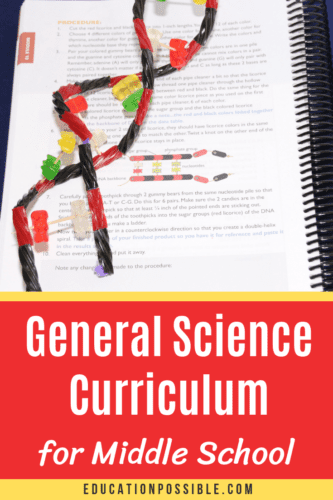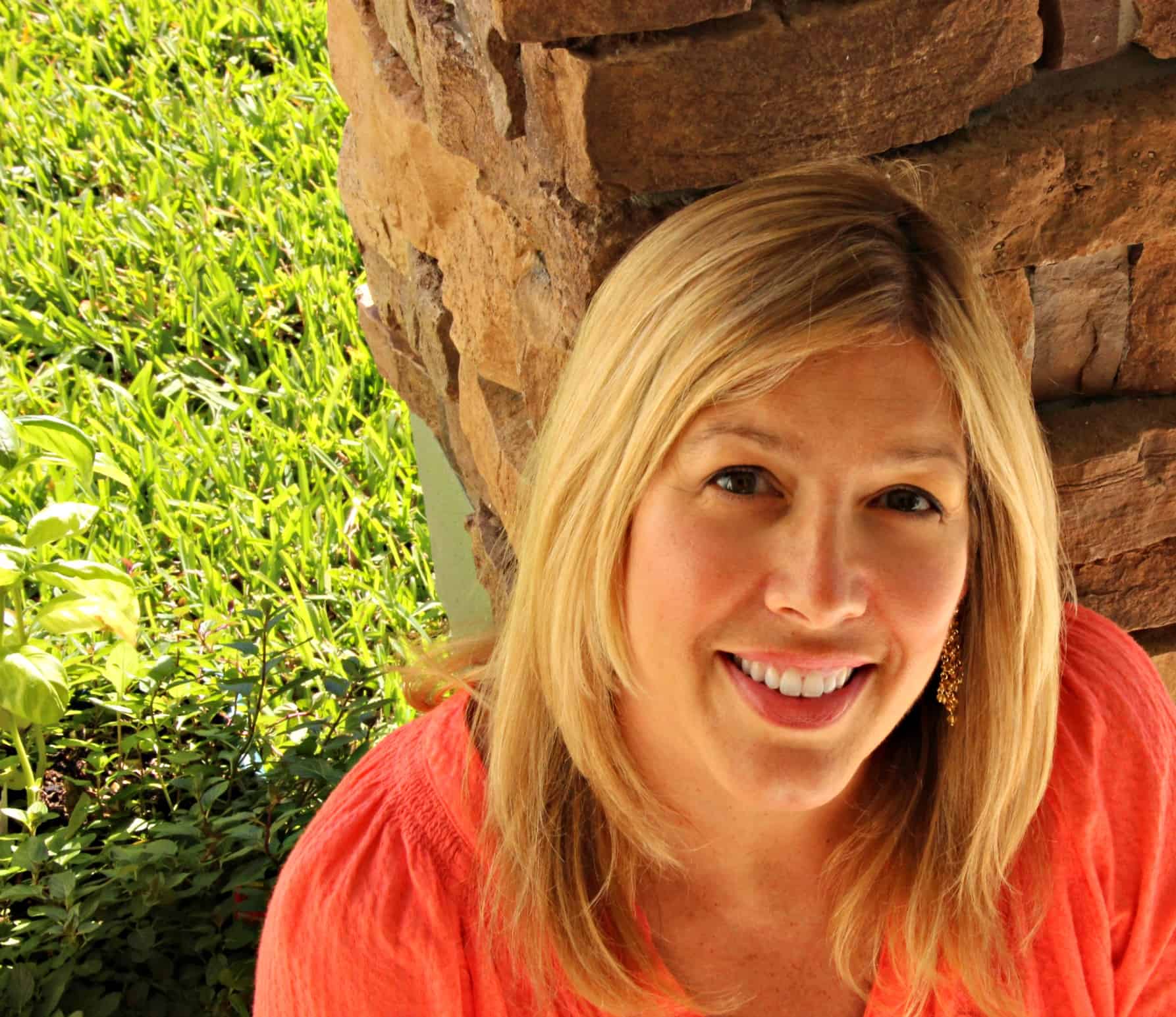General Science Curriculum for Middle School Homeschoolers
If you are looking for a general science curriculum for your middle school homeschooler, this course should be at the top of your list. It’s one of our favorite tools for teaching science to teens.
We did science without a textbook for a few years, but my youngest daughter wanted to do something different for her 8th-grade science credit. After some searching, she chose this course.
She liked the fact that it covered a wide variety of science topics and included a bunch of experiments and activities because she wants science to be as hands-on as possible. With this curriculum, she knew she wouldn’t get bored.
This program fit perfectly.

I received this product for free in exchange for writing about my experience and was also compensated for my time. I was not required to post a positive review. These are all the honest opinions of myself and my teen, who used this curriculum and loved it. This post contains affiliate links.
What is General Science?
A general science course for middle school is a class that covers a wide range of scientific topics. This can include things like earth science, chemistry, physics, and biology. These courses are different from other science classes because they cover a broad range of topics instead of focusing on one specific area. This allows students to get a well-rounded education in science and to explore different areas of interest.
This will introduce teens to a variety of subjects and give them the solid foundation they’ll need before starting high school science classes.
General Science Curriculum
As I mentioned, I let Marianna choose her 8th grade science course and she chose general science, specifically, Apologia’s general science.
This course includes a wide variety of science themes, like:
- earth science
- astronomy
- geology & paleontology
- meteorology & oceanography
- general chemistry, physics, & biology
- marine science
The textbook is broken down into smaller modules covering multiple topics, so even if kids don’t like a specific subject, they’ll move on quickly.
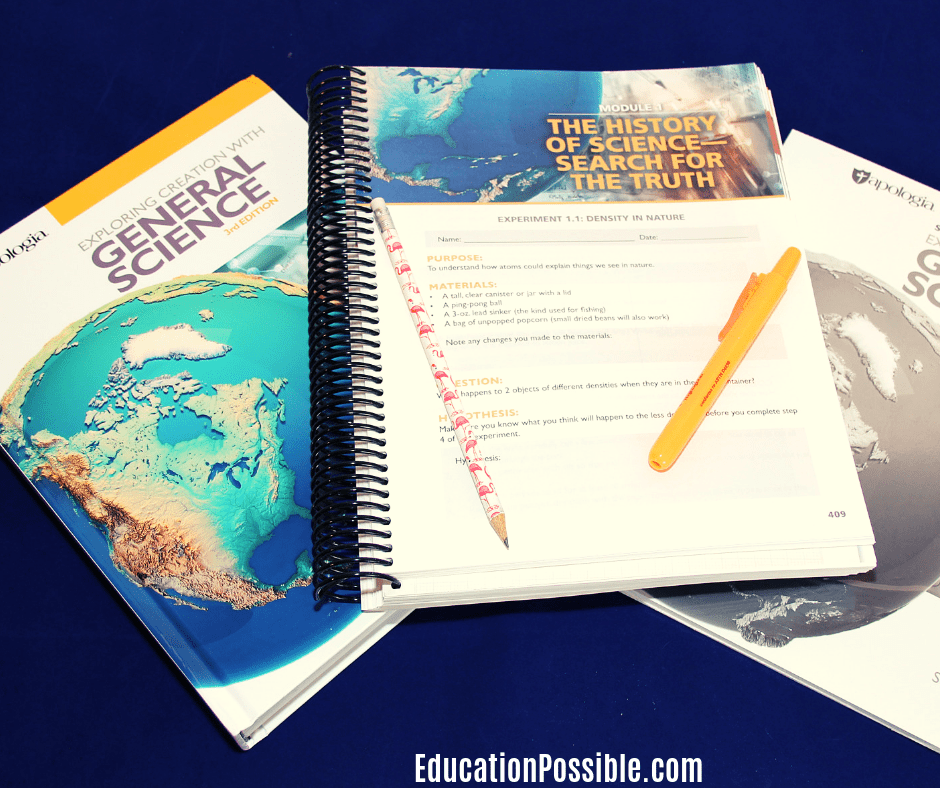
This set up also lets you see where their interests and skills lie, which you can use to choose future science courses. My daughter fell in love with the marine science chapter, so one of her high school science credits will be in marine biology.
For the most part, Marianna completed the course on her own, following the recommended schedule. She worked on science 4 days a week for about an hour. She spent just over 2 weeks on each of the modules and she finished all of the 14 chapters in a school year.
I would encourage you to let your kids work as independently as possible. Now’s the perfect time for your teens to build this skill.
You also have access to a website with online extras that you can use for additional learning, both for help and enjoyment. Since all of the sites are safe for kids to explore on their own, it also fosters self-sufficiency.
Different Learning Techniques for Students
One thing that makes this textbook stand out is the different learning techniques included. My daughter never got bored, because she wasn’t just reading for hours on end.
- To help students with note-taking and study skills, there are a number of bolded words within the modules, pointing out terms kids should pay attention to.
- I encouraged my daughter to read and understand the black bolded words because they were words that would likely be repeated throughout the course. If she felt like she knew them, she moved on. If not, she added them to her notebook for further study.
- She added all of the blue bolded vocabulary words and their definitions to her notebook. They were foundational, so she needed to learn and memorize them.
- Within each chapter, there are quite a few “on your own” questions.
- My teen either wrote her answers in her notebook or she gave them orally. They were an easy way for me to see that she understood what she read. Plus, it gave her practice explaining concepts.
- At the end of the module, there is a study guide. Think of it as a pretest. The style of questions (multiple-choice, fill in the blanks, and short free answers) help teens build their test-taking skills.
- In our homeschool, this was used as a review for the module test. It was one way my daughter showed proficiency in the material.
- Throughout the course, kids are taught how to complete lab reports. Not only is this an excellent tool to build critical thinking and writing skills, but it’s also great practice for high school science.
- Don’t feel like you have to complete a lab report for every experiment. Marianna and I chose a handful of them at the beginning of the semester. This gave her experience with the practice without overwhelming her.
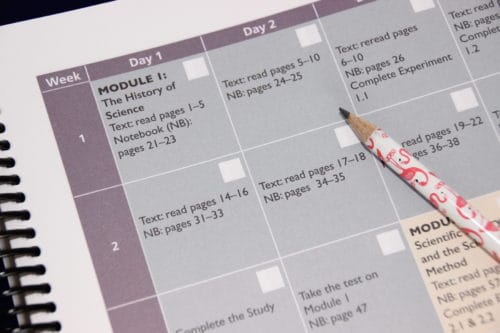
Apologia General Science Notebook
You will want to get the science notebook for this course.
One year when I was teaching Apologia science to older kids in a co-op, I didn’t require the students to purchase the notebook. The kids who didn’t have the notebook struggled, so the next time I taught the class, it was mandatory.
While you could create your own, life is simpler when your student doesn’t have to write everything out, especially when it comes to experiments. Instead, kids can just focus on filling out the information in the notebook.
Everything they need is in there, so they won’t have to flip between it and the textbook when they’re answering questions and performing the experiments. It’s an easy way for them to record all the information they’ll gather in one place, including vocabulary words.

Scientific Method
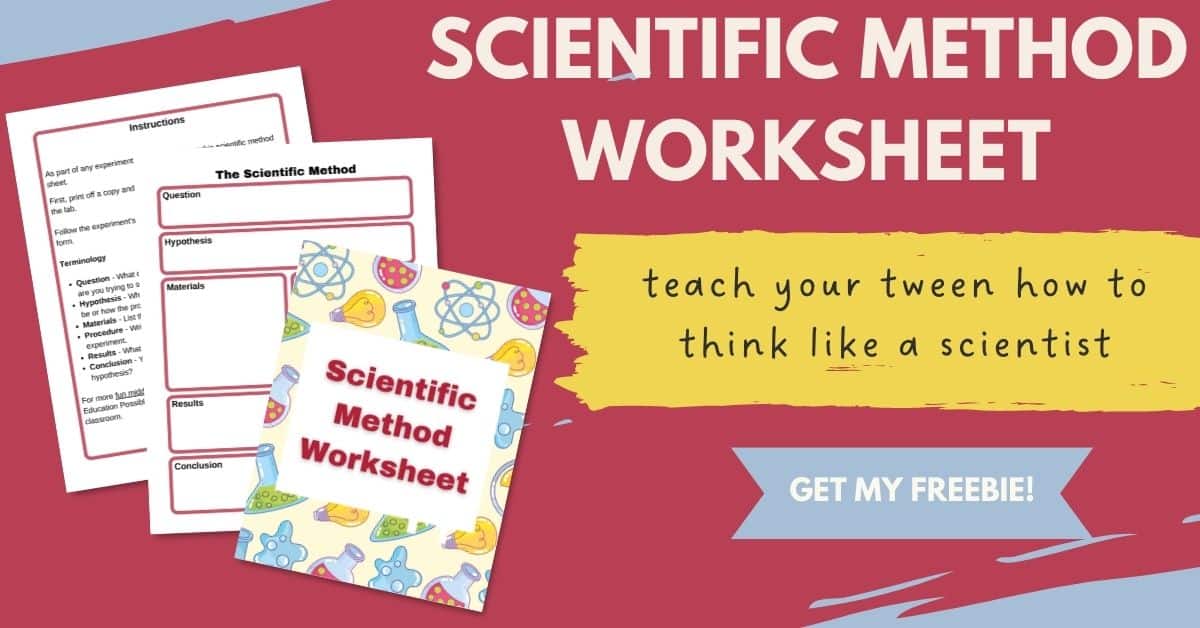
Science Experiments for Middle School
I love that most of the experiments use household materials, so it’s no problem for kids to grab everything they need to get started. Plus, they won’t cost a fortune to complete. At the end of the book, there is a list of what is necessary for every experiment, making it a breeze to gather the supplies for each project.
Encourage your teen to complete the experiments as she comes across them in the book to get the most out of the experiment and the reading assignment. Do as many of the “explore more” activities as you are able.
Completing hands-on science activities will help your teens understand the lessons better.
Recently, we spent time recreating the candy model DNA and a circuit. The video below walks you through the process of building an electric circuit out of batteries, wire, and paper clips.
Along with the experiments, add in some field trips when you can. Revisit some of the places you went when your kids were younger, like the aquarium and the zoo. Or go on a virtual science field trip.
These outings will let them see first hand what they’re studying, test theories, and solidify concepts.
As you can see, this General Science course is full of fun activities, useful information, and solid scientific concepts. It’s a great curriculum for your homeschooler’s middle school science credit.
More General Science
If you’re looking for even more general science activities and experiments, check these out.
- Build a volcano during the earth science lessons.
- As part of chemistry, complete this acids and bases experiment.
- This activity will help your teens continue their understanding of the laws of motion.
